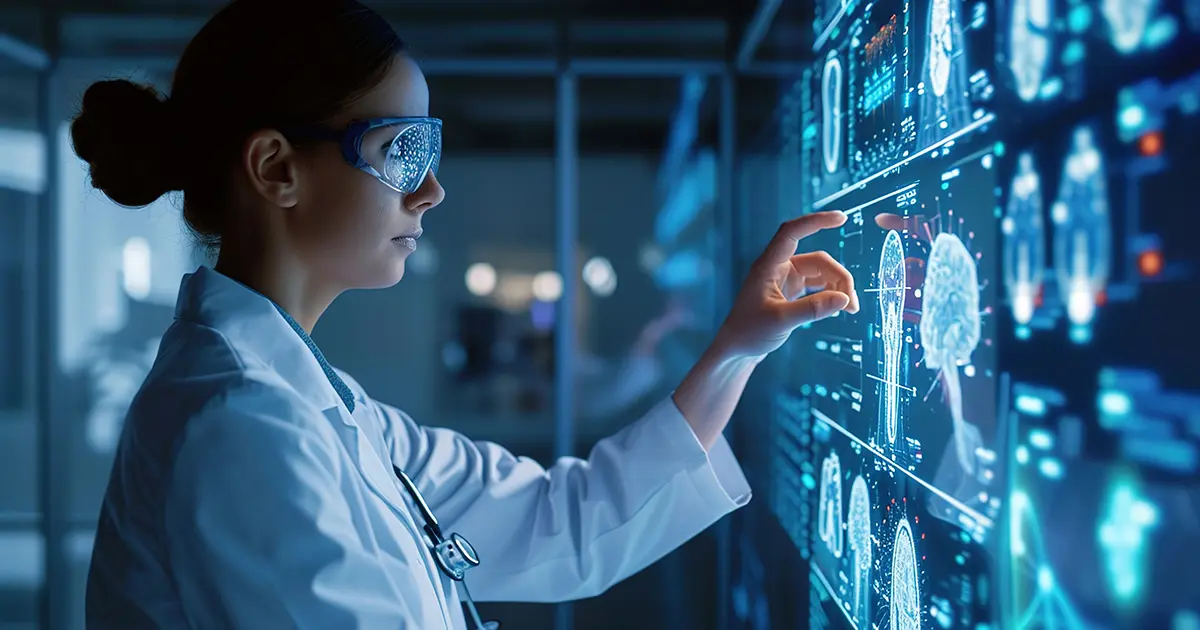The Integration of Medical Robotics in Laboratory Informatics Management Systems (LIMS)
Introduction
In recent years, the fusion of medical robotics and Laboratory Informatics Management Systems (LIMS) has revolutionized the healthcare and research sectors. This integration enhances efficiency, accuracy, and productivity in laboratory operations. As the demand for advanced healthcare solutions grows, the adoption of medical robotics within LIMS is becoming increasingly vital. This article delves into the impact of medical robotics on the LIMS industry, exploring its benefits, applications, and future trends.
What is Laboratory Informatics Management Systems (LIMS)?
Laboratory Informatics Management Systems (LIMS) are software solutions designed to manage, track, and store data in laboratory environments. These systems streamline laboratory operations by automating data collection, ensuring regulatory compliance, and facilitating seamless information sharing among researchers and healthcare professionals. LIMS are critical in various industries, including pharmaceuticals, biotechnology, environmental testing, and clinical research.
The Role of Medical Robotics in Laboratories
Medical robotics involves the use of robotic systems to perform medical tasks with precision and consistency. In laboratory settings, these tasks can range from handling samples and conducting experiments to analyzing data and maintaining laboratory equipment. The integration of medical robotics into LIMS brings several advantages:
1. Enhanced Precision and Accuracy
Robots are capable of performing repetitive tasks with a high degree of precision and accuracy, minimizing human error. In laboratories, this ensures that experiments and tests are conducted consistently, leading to more reliable results.
2. Increased Efficiency
Automation through medical robotics significantly reduces the time required to complete tasks. Robots can work around the clock without fatigue, increasing the overall efficiency of laboratory operations. This is particularly beneficial in high-throughput environments where large volumes of samples need to be processed quickly.
3. Improved Safety
Handling hazardous materials and performing complex procedures pose risks to laboratory personnel. Medical robots can be programmed to handle dangerous substances and perform intricate tasks, reducing the risk of accidents and ensuring a safer working environment.
4. Data Integration and Management
Integrating medical robotics with LIMS enables seamless data collection and management. Robots can automatically input data into the LIMS, reducing manual data entry errors and ensuring real-time updates. This integration facilitates better data analysis and decision-making.
Applications of Medical Robotics in LIMS
The synergy between medical robotics and LIMS has led to numerous applications across various laboratory settings:
1. Sample Handling and Preparation
Medical robots can automate the process of handling and preparing samples for analysis. This includes tasks such as pipetting, mixing, and transferring samples, which are essential for accurate laboratory results. By automating these processes, laboratories can improve throughput and reduce the risk of contamination.
2. High-Throughput Screening
In pharmaceutical and biotechnology laboratories, high-throughput screening (HTS) is essential for drug discovery and development. Medical robots can automate HTS processes, rapidly screening thousands of compounds to identify potential drug candidates. The integration with LIMS ensures that all data is accurately recorded and analyzed.
3. Clinical Diagnostics
Medical robotics are increasingly used in clinical laboratories for diagnostic purposes. Robots can perform a wide range of tests, from blood analysis to genetic sequencing. By integrating with LIMS, these systems ensure that patient data is accurately recorded, analyzed, and stored, enhancing diagnostic accuracy and patient care.
4. Laboratory Automation
Complete laboratory automation is becoming a reality with the integration of medical robotics and LIMS. Robots can manage entire workflows, from sample receipt and preparation to analysis and data reporting. This level of automation reduces human intervention, increases efficiency, and ensures that laboratory processes are standardized and reproducible.
Challenges and Considerations
While the integration of medical robotics in LIMS offers numerous benefits, it also presents several challenges and considerations:
1. High Initial Costs
Implementing medical robotics and integrating them with existing LIMS can require significant financial investment. Laboratories need to weigh the long-term benefits against the initial costs and determine the return on investment.
2. Technical Expertise
Operating and maintaining medical robots requires specialized technical expertise. Laboratories must invest in training personnel or hiring skilled professionals to manage these advanced systems.
3. Data Security
As laboratories become more automated and data-driven, ensuring data security becomes paramount. Integrating medical robotics with LIMS necessitates robust cybersecurity measures to protect sensitive information from potential breaches.
4. Regulatory Compliance
Laboratories must ensure that their use of medical robotics and LIMS complies with regulatory standards. This includes adhering to guidelines set by regulatory bodies such as the FDA, EMA, and ISO. Compliance is critical to ensure the safety and efficacy of laboratory operations.
Future Trends in Medical Robotics and LIMS
The future of medical robotics in LIMS is promising, with several emerging trends set to shape the industry:
1. Artificial Intelligence and Machine Learning
Integrating artificial intelligence (AI) and machine learning (ML) with medical robotics and LIMS will enhance data analysis and decision-making capabilities. AI-powered robots can learn from data, improving their performance over time and providing valuable insights for laboratory operations.
2. Collaborative Robots (Cobots)
Collaborative robots, or cobots, are designed to work alongside humans, enhancing their capabilities rather than replacing them. Cobots can assist laboratory personnel in performing complex tasks, improving efficiency and reducing the risk of errors.
3. Remote Monitoring and Control
Advancements in connectivity and IoT (Internet of Things) technologies enable remote monitoring and control of laboratory robots. This allows laboratory managers to oversee operations and make adjustments in real-time, ensuring optimal performance and efficiency.
4. Personalized Medicine
The integration of medical robotics and LIMS will play a crucial role in the advancement of personalized medicine. By automating the analysis of genetic and molecular data, robots can help develop tailored treatment plans for individual patients, improving therapeutic outcomes.
Conclusion
The integration of medical robotics with Laboratory Informatics Management Systems (LIMS) is transforming the laboratory landscape. By enhancing precision, efficiency, safety, and data management, this synergy is driving advancements in research, diagnostics, and patient care. As technology continues to evolve, the future of medical robotics and LIMS holds immense potential, promising even greater innovations and improvements in the years to come. Laboratories that embrace these technologies will be well-positioned to lead the way in scientific discovery and healthcare delivery.


